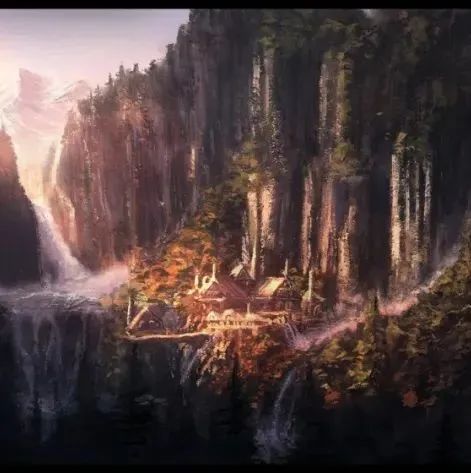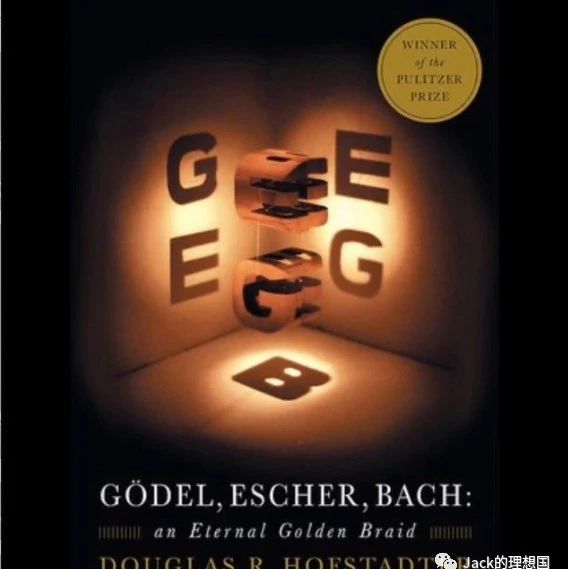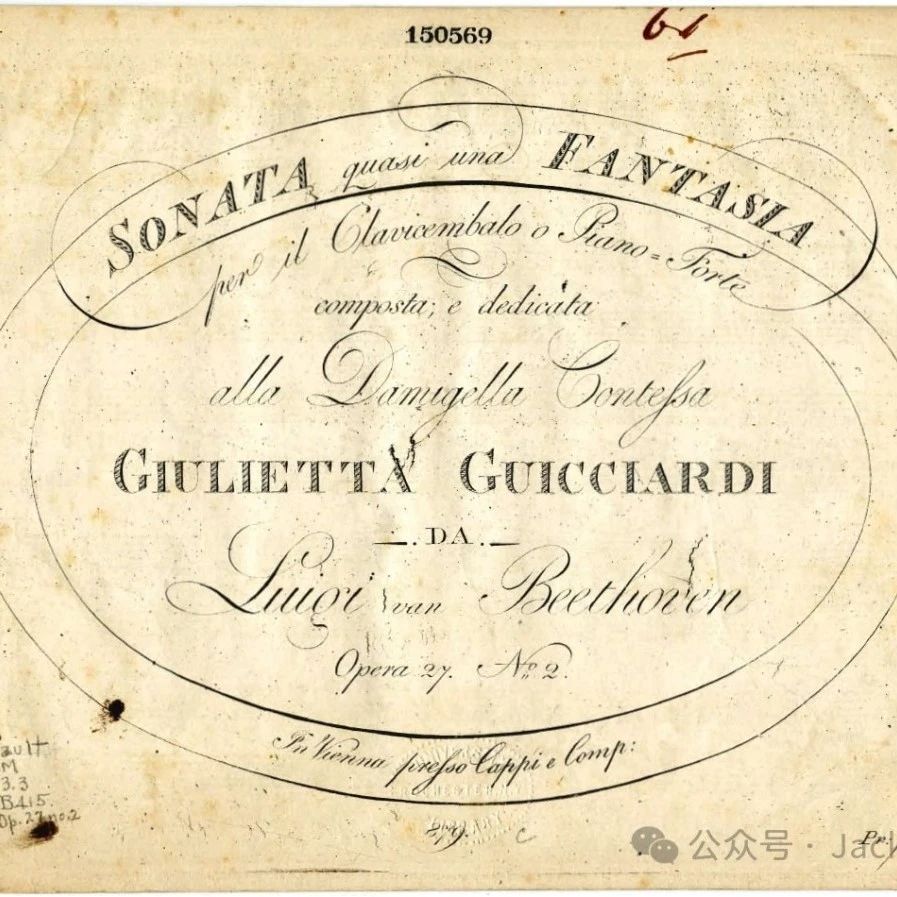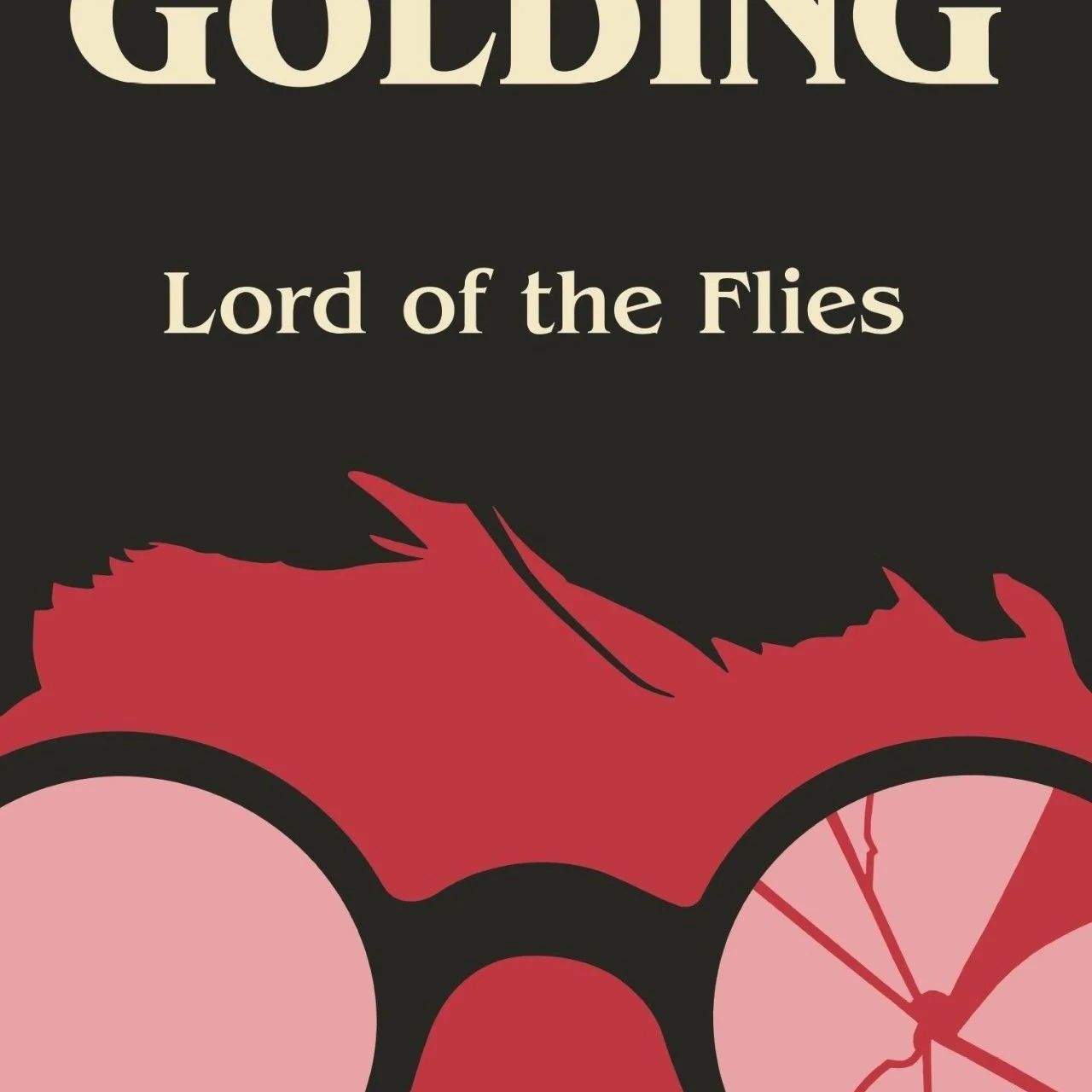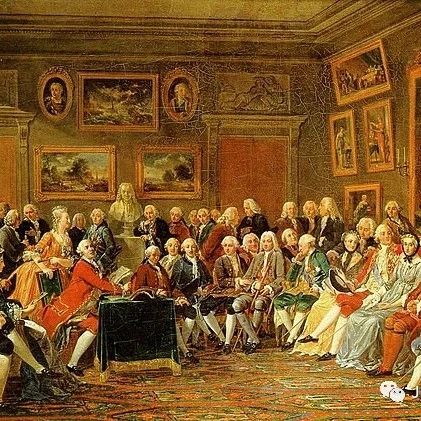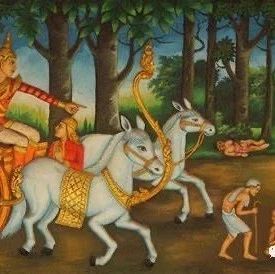Film Music 1 电影音乐1
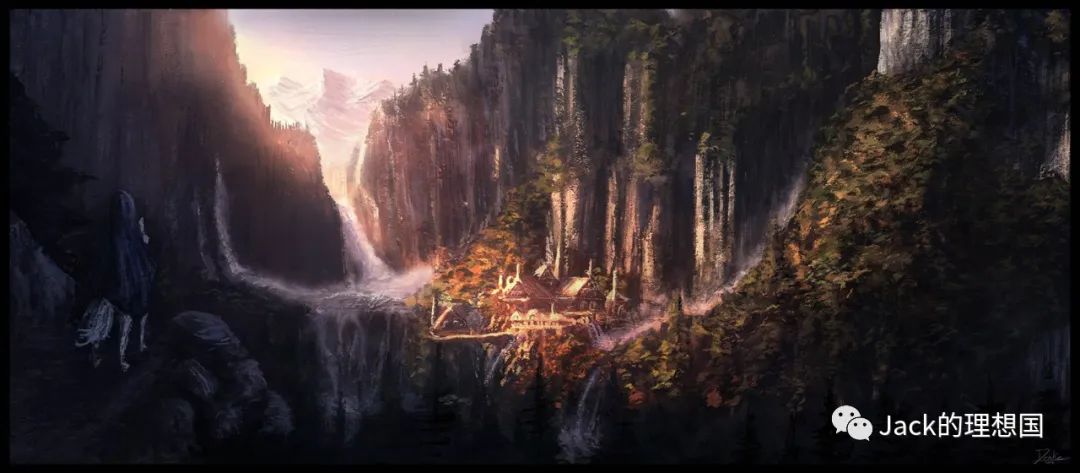
A great film has a spirit or a soul. Alongside the clever character, setting, and plot design, what gives a film its heart or soul? The answer lies in film music. I prefer thinking about the relationship between film music and its actual content as a mutual or two-way one. Undoubtedly, film music creates the atmosphere and delivers the related emotions from a character or scene. It is also true, to an extent, that film content contributes to the impact behind the music. By looking at the theme music from the Jurassic Park series and The Lord of the Rings trilogy, this article will explore this relationship further and generally what makes the music of these two films so successful or touching.
The theme music of the Jurassic Park series is composed by American musician John Williams, who is a giant in the field of film music. His other notable works include the music for Harry Potter, Star Wars, and Schindler’s List, among others. The theme written for Jurassic Park usually contains two sections. In the video (see above), Section A roughly spans from 0:40 to 2:45, while Section B spans from 3:25 to the end.
Section A appears at the start of Jurassic Park. The instrumentation and texture deserve a closer look. A prelude-like section is inserted before the Section A notes roll out. In this prelude section, a French horn blows out the initial twelve notes at the very start of the music. The use of the French horn from the beginning gives the piece an exquisite and deep sense. Then, the horn is joined by the flute, oboe, and harp, to add more textures and complexity to the music. Soon, the strings begin to play Section A in the B-Flat Major scale. From here, the music gradually climbs to its apex. With a continuous scale of the harp, giving the music a magical or mysterious touch, the viola and the horns perform Section A in a higher octave and with more strength. Williams subtly makes the music sound even more dynamic and magical by writing some very high notes for the woodwinds, namely the piccolo and flute. This dynamic and magical nature of Section A allows it to match the fairy-tale-like world so perfectly in the film.
The selection of instruments for the transition from Section A to B consists of a combination of the French horn, strings, and harp. During the transition, a variation of Section A is played by the French horn, letting the music create a different sound effect and listening experience. Then, the trumpets blare out the epic Section B. Compared to Section A, Section B gives the brass instruments a more vital role. The trumpets are accompanied by trombones and other members of the brass family. In the final stage of the music, the woodwinds, strings, and percussion, such as the triangle, timpani, join in to conjure up the most textured and powerful portion of the theme. Brass instruments have a brighter and sharper timbre, making them fitter to portray the adventures, the vitality, and the unpredictability, of Isla Nublar.
A deeper dive into the two Sections is necessary. In Section A, the B-flat note acts as an anchoring note, providing much stability to the music. The tempo, overall, is slow. It is almost like a process or hymn, a wordless song for the beauty and majesty of the scene. The harmonies are deep, warm, and grounded, shaping the generally majestic nature of the music. This Section has a spiritual feeling, it is almost as if the voices of the dinosaurs, the voices of the past, epochs upon epochs ago, are speaking. The final repetition of Section A, just before the transition to Section B, is a complete release of tension - the orchestral forces singing out the melody in full volume.
The chief notes of Section B, which are the B-flat to F, then the C to G, comprise two perfect fifths. These two perfect fifths, again, provide the music with stability. However, the chords and harmonies below the melody do not fit in continuous tonality. Instead, many are dissonant and jump from one tonality to another. Such discontinuous and unpredictable chords contribute a feeling of instability to the music. This instability further contradicts the relatively stabler upper textures and Section A. This contradiction does not make the music sound harsh or messy. Quite on the contrary, it is a different taste for the listener and also depicts the ever-changing, unstable, convoluted plot in Jurassic Park.
The Lord of the Rings trilogy is a set of films that allows one to draw comparisons to Jurassic Park. This comparison is primarily possible and logical because the motif of these two series is centered around adventurism, and the music theme style accompanying the two series are similar. The themes in The Lord of the Rings serve at least one crucial element of a novel or fictional work: setting.
For the setting, the themes for the Shire and Rohan stand out the most. The Shire theme is written in 4/4 common time, in the bright and optimistically sounding D Major. This theme usually occurs when the action is happening in the Shire or when the characters remember the Shire. The instrumentation is simple. There would usually be a solo fiddle or tin whistle playing this theme, giving it a rustic, playful touch. This rusticity or playfulness corresponds with the comparable impressions the Shire gives us in the film. However, when the characters recall the days in the Shire, the music also creates a wistful, nostalgic feeling. This feeling probably stems from the timbre the whistle possesses and the utilization of consistent legato, enhancing the emotional flow. The warmth and beauty of this theme can further be comprehended when one listens to it in the context of the plot. We empathize with Frodo and his companions the most when they face hardships but then gradually remember their good memories back in the days in the Shire. The music serves as a bridge that makes our empathy real and truly able to connect with the characters.
Another example in The Lord of the Rings of how a theme conveys certain feelings is the music for Rohan. This human kingdom is indispensable in the final victory against the dark forces. The theme is written in G Major, the orderly rhythm and brisk tempo reminding one of a march. The solo fiddle evokes a sense of ancient, rural culture, reminding people of the honorable past of Rohan. But, again, the theme here serves a dual purpose. While it is epic, heroic, and full of strength and honor, it also delivers hopelessness. We often hear this theme when Rohan is in a battered state. The bleak environment or setting in the film makes the music sound even more full of desolation in certain shots.
Overall, this essay looked at the music from Jurassic Park and The Lord of the Rings, showing how each theme enhances the power of the film's characterization, setting, or plot. The essay additionally explored how the film elements “pay back” to the theme music, enriching the emotions within. But one should not understand film music only to this relatively shallow point. In the following essay, a more thorough dive into the depth of film music and the meaning film music can give to movies will be attempted.
To be continued…
VIDEOS CITED
Deutsche Grammophon - DG. “John Williams & Vienna Philharmonic – Williams: Theme from ‘Jurassic Park.’” YouTube, 1 July 2020, www.youtube.com/watch?v=-NqaupGcCpw.
Gandalf The White. “Lord of the Rings - Soundtrack HD Complete (with Links).” YouTube, 13 Mar. 2015, www.youtube.com/watch?v=_SBQvd6vY9s.
Cover image from: https://uniquevision.ph/blog/7-visually-stunning-films-21st-century/

一部伟大的电影会有一种精神或灵魂。但是,除了人物、环境和情节的巧妙运用之外,是什么赋予了一部电影它的精神或灵魂?答案就在电影音乐中。我更愿意把电影音乐和电影的实际内容之间的关系看作是一种相互的或双向的关系。毋庸置疑,电影音乐创造了氛围,传递了人物或场景的相关情感。在某种程度上,电影内容对音乐背后的影响和意义也是如此,即内容赋予了音乐震撼力。通过聆听《侏罗纪公园》系列和《指环王》三部曲的主题音乐,本文将进一步探讨这种关系,以及一般来说,是什么让这两部电影的音乐如此成功并令人感动。
《侏罗纪公园》系列的主题音乐是由美国音乐家约翰-威廉姆斯创作,他是电影音乐领域的巨人。他的其他著名作品包括《哈利-波特》、《星球大战》、《辛德勒的名单》等的音乐。为《侏罗纪公园》编写的主题通常包括两个部分。视频中(见以上),A部分(节)大致从0:40到2:45,而B部分(节)大致从3:25到结束。
A部分是出现在《侏罗纪公园》主题中的开始部分。乐器和声部值得仔细考察。在A节的音符推出之前,通常会有一个类似前奏的部分插入。在这个前奏部分,也就是音乐的最开始,一个圆号吹出了最初的12个音符。圆号的使用从一开始就为乐曲提供了一种雄伟和深刻的基调。然后,长笛、双簧管和竖琴加入,为音乐增添了更多的纹理和复杂性。紧接着,弦乐开始演奏降B大调的A节。从这里开始,音乐逐渐向顶点攀升。随着竖琴的绚烂划音,给音乐带来了奇幻、神秘的感觉,中提琴和圆号以更高的八度和更大的力度演奏A部分。威廉姆斯通过为木管乐器,即短笛和长笛写一些非常高的音符,巧妙地使音乐听起来更有活力和魔力。A节的这种动态和魔幻性质使它与影片中的奇幻世界完美地契合在一起。
从A节过渡到B节的乐器选择由圆号、弦乐和竖琴组合而成。在过渡期间,圆号演奏了A部分的变奏,让音乐创造出不同的声音效果和听觉体验。然后,小号突然吹响了史诗般的B节。与A节相比,B节赋予铜管乐器更重要的作用。小号由长号和铜管乐器家族的其他成员伴随。在音乐的最后阶段,木管乐器、弦乐器和打击乐器,如三角铁、定音鼓,加入进来,勾勒出主题中最有质感和力量的部分。铜管乐器的音色更明亮、更尖锐,更适合描绘努布拉岛的冒险、活力和不可预测性。
对这两个部分进行更深入的探讨是必要的。在A节中,降B音作为一个固定的音符,为音乐提供了很大的稳定性。总体而言,节奏是缓慢的。它几乎就像一个行进曲或赞美诗,是一首无字的歌,为场景的美丽和威严而唱。和声深沉、温暖,塑造了音乐总体上的雄伟。这一部分有一种精神上的冲击感,几乎就像恐龙的声音,过去的声音,一个又一个纪元前的声音在诉说。在过渡到B节之前,A节的最后一次重复是对气氛张力的彻底释放--管弦乐部队以全音咏唱出旋律。
B部分的主要音符,即降B到F,然后是C到G,由两个五度组成。这两个五度,再次为音乐提供了稳定性。然而,旋律下面的和弦和谐音并不符合任何连续的调性。相反,许多是不和谐的,从一个调性跳到另一个调性。这种不连续的、不可预知的和弦给音乐带来了不稳定的气氛。这种不稳定性进一步与相对稳定的上部音部和A节产生了矛盾。这种矛盾并没有使音乐听起来有任何刺耳或混乱之处。恰恰相反,它对听众来说是一种不同的味道,也描绘了《侏罗纪公园》中不断变化的、不稳定的、错综复杂的情节。
《指环王》三部曲是一套让人可以与《侏罗纪公园》进行比较的电影。这种比较主要是可能的,也是符合逻辑的,因为这两个系列的主题都是围绕着冒险主义,而且伴随着这两个系列的音乐主题风格也是相似的。《指环王》的主题至少服务于小说或虚构作品的一个关键要素,即环境。
就环境而言,夏尔的主题和洛汗的主题最为突出。夏尔的主题是用4/4拍写的,用明亮而乐观的D大调。这个主题通常出现在夏尔或人物回忆夏尔之时。乐器配置很简单,通常会有一个独奏的小提琴或锡哨演奏这个主题,给它一个质朴的、民间的、俏皮的感觉。这种质朴或俏皮与实际影片中夏尔给我们的印象相吻合。然而,当人物回忆起在夏尔的日子时,音乐也创造了一种思念、怀旧的氛围。这种氛围可能源于锡哨所拥有的特殊音色,以及利用一致的连音,增强了情感的流动。如果把这个主题放在情节中听,就能进一步理解它所带来的温暖和美感。当弗罗多和他的同伴面临困难,但随后又逐渐想起他们在夏尔时的美好回忆时,我们最能与他们共情。音乐作为一座桥梁,使我们的共情心变得真实,并真正能够与人物有效联通。
《指环王》中另一个关于音乐主题如何传达情感的例子是洛汗的音乐。洛汗是一个人类王国,在对抗黑暗势力的最后胜利中发挥了不可或缺的作用。该主题以G大调写成,有序的节奏和明快的速度让人联想到进行曲。独奏的小提琴唤起了一种古老的乡村文化的感觉,让人想起洛汗光荣的过去。同样,这里的主题有双重目的。虽然它是史诗性的、英雄性的、充满力量和荣誉的,但它在特定场合也传递出无望的情绪。事实上,当洛汗处于被打击的状态时,我们经常听到这个主题。影片中暗淡的环境或设置使音乐在某些镜头中听起来更加充满了荒凉感。
总的来说,这篇论文研究了《侏罗纪公园》和《指环王》的音乐,展示了每个主题是如何增强电影中的人物塑造、环境或情节的力量的。文章还探讨了电影中的元素如何 "回报 "主题音乐,丰富了其中的情感。但人们对电影音乐的理解不应仅仅停留在这个相对浅显的层面上。在下一篇文章中,我将尝试对电影音乐的深度和电影音乐能赋予电影的意义进行更深入的挖掘。
未完待续...
- 本文标签: 原创
- 本文链接: http://www.jack-utopia.cn//article/400
- 版权声明: 本文由Jack原创发布,转载请遵循《署名-非商业性使用-相同方式共享 4.0 国际 (CC BY-NC-SA 4.0)》许可协议授权
